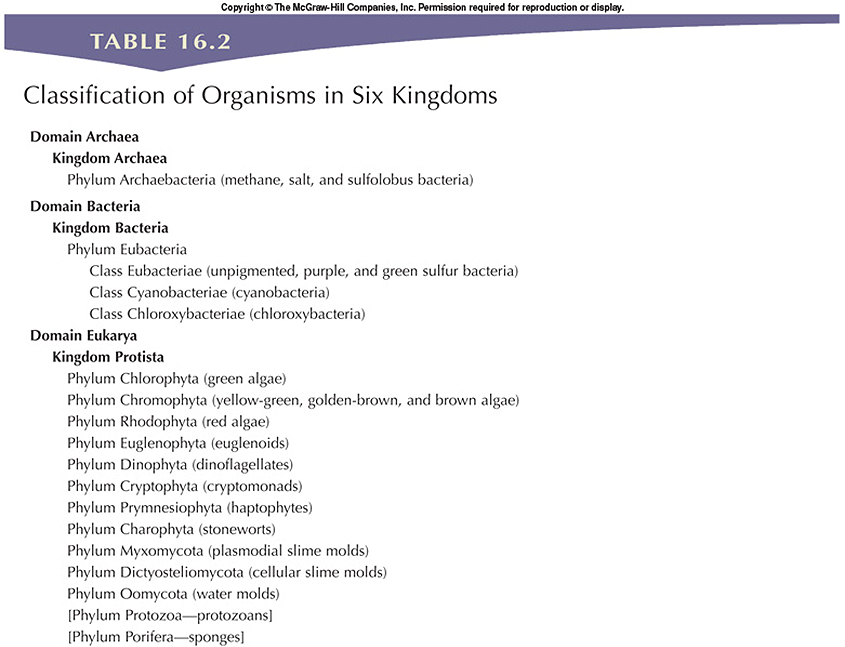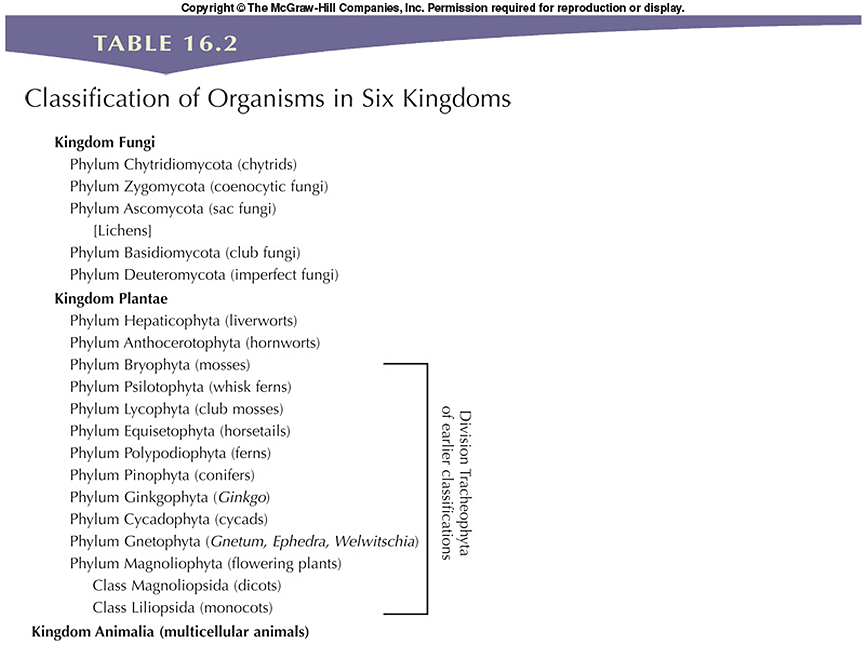Botany Exam 3
1/166
There's no tags or description
Looks like no tags are added yet.
Name | Mastery | Learn | Test | Matching | Spaced |
|---|
No study sessions yet.
167 Terms
Natural selection
Tendency of organisms with favorable adaptations to their environment to survive and reproduce in larger numbers.
Artificial selection
Used by humans to change agricultural and domestic plants and animals.
Organic evolution
Accumulation of genetic changes in populations of living organisms over many generations.
Aristotle
(384-322 BC) Arranged organisms from simplest to most complex, called scale of nature- implied organisms are static and no not evolve.
Leonardo da Vinci
(1452-1519) Observed that fossils were part of previously existing organisms.
Count de Buffon
(1707-1788) Described all known plants and animals- presented evidence that organisms change across generations (didn’t believe in common ancestry)
Carolous Linnaeus
(1707-1778) Swedish Botanist, physician and zoologist who formalized modern system of nomenclature (binomial); is known as the father of modern taxonomy.
Jean Baptiste Lamarck
(1744-1829) Claimed characters acquired during life were passed on and became cumulative (stretching of a giraffes neck)
First Revolution
Charles Darwin, Origin of Species, 1859. Evolution by natural selection.
Second revolution
1930s= theories of Darwinian natural selection, Mendelian and population genetics intersect to provide better understanding of mechanisms of evolution.
Third Revolution
Now- Molecular genetics, organisms with similar genomes can look very different because different developmental programs were used to create them.
Molecular genetics
Regulatory genes that act as developmental switches.
Charles Lyell
Charles Darwin read a geology book claiming the earth was very old. Who wrote this book?
Malthus, 1798
Proposed that populations grow geometrically until food and other factors limit growth. Charles Darwin were guided by this person’s ideas.
Alfred Wallace
Who did Charles Darwin write a joint paper on natural selection with?
Homology
A characteristic shared by different organisms.
Convergent evolution
Similarities not due to common ancestry.
Mutation
Change in a gene or chromosome
Deletion
Mutation where part of a chromosome breaks off
Translocation
Mutation where a piece of chromosome becomes attached to another
Inversion
Mutation where part of chromosome breaks off and then reattaches in an inverted position.
Punctuated equilibrium
Theory in which major changes occurred in spurts (100,000 years) followed by millions of years with minor change. Hypothesis based on gaps in fossil record.
geographic isolation
Isolation of two populations prevents gene flow
Ecological isolation
Ecological factors such as climate or soils may play a role in isolation resulting in sympathies species that occupy overlapping ranges of territories that don’t exchange genes.
Mechanical isolation
Physical incompatibility of reproductive organs between two organisms. (Ex. Pollinia of orchids)
Hybrids
Offspring produced by parents that differ in one or more characteristics. Often sterile since chromosomes don’t properly pair at meiosis.
Introgression
Intercrossing between hybrids and parents
Polyploidy
Occurrence of double the normal chromosome number.
Apomixis
Production of seeds without fertilization
Scientific creationists
A group composed mostly of non-biologists who reject the foundations of evolution as incompatible with a literal interpretation of the biblical account of creation.
Biologists
Feel evolution is the only plausible explanation for unity of life at molecular and cellular level and for great diversity of life.
Intelligent design
Proponents accept much of evidence for evolution, but do not believe it possible that cells arose by chance alone.
Naturalistic evolutionists
Believe everything arose by chance.
Theophrastus
First attempt to organize and classify plants in 4th century BC was spearheaded by who?
Species Plantarum, 1753
Carolus Linnaeus published this book to classify species.
Binomial system of nomenclature
All species are named according to this system, which includes authority for species name; using two part names.
Plant and Animal Kingdoms
When classification first developed, what were the first two kingdoms?
Kingdom Protoctista
This third kingdom was proposed by Hogg and Haeckel in the 1860s.
Kingdom monera
In 1938, Copeland split algae, fungi, and single called eukaryotic organisms in Protoctista, while assigning prokaryotic organisms to a new kingdom called what?
Fungi, Protista, Monera, Plantae, Animalia
In 1969, Whittaker developed a five kingdom system. What are the five kingdoms?
Archaea, Bacteria, Protista, Fungi, Plantae, Animalia
What are the six kingdoms in the six kingdom system presented in the 1980s?
Families
Genera are grouped into what?
Orders
Families are grouped into what?
Classes
Orders are grouped into what?
Phyla
Classes are grouped into what?
Kingdoms
Phyla are grouped into what?
Kingdom Phylum Class Order Family Genus Species
What is the order of classification?
Genus name
First part of species name is the what?
Specific epithet
The second part of the species name is what?
Taxonomists
Scientists who identify, name, and classify organisms.
Systematists
Scientists who incorporate evolutionary processes to sort out natural relationships.
Dichotomous keys
These help identify organisms; choose features from paired statements that most closely apply to the organism.
Morphological species concept
A species is defined by morphology
Interbreeding species concept
A species is a population capable of interbreeding and is reproductively isolated from other groups.
Ecological species concept
A species is a groups of related individuals that occupy a unique ecological niche.
Cladistic species concept
A species is determined by phylogenetic history. Individuals with common evolutionary backgrounds considered to be a species.
Parsimony
In trying to choose the best cladograms, scientists used what principle? (Occam’s razor)
Occam’s razor
One should not make more assumptions than the minimum needed to explain anything.
Eclectic species concept
States that a single criterion is not sufficient to identify a species. Morphological, geographical, biological, and ecological criteria must be used when defining species.
Nominalistic species concept
Species do not exist- evolutionary unit of importance is local interbreeding population.

Know this table
Know this table

Prokaryotic
All cells in Kingdoms Archaea and Bacteria are what kind?
Fission
No mitosis, DNA strand duplicates and is distributed to new cells
Pili
Bridges between bacteria with the purpose of transferring DNA.
Conjugation
DNA is transferred from donor cell to recipient cell usually through pilus (pili)
Transformation
Living cell acquires DNA fragments released by dead cells.
Transduction
DNA fragments carried from one cell to another by viruses
Cocci
A spherical or elliptical shaped bacteria
Bacilli
A rod-shaped or cylindrical bacteria
Spirilla
A helix or spiral shaped bacteria
Reaction of cell walls to dye
What does gram-positive and gram-negative refer to?
Methane bacteria
Belonging to Kingdom Archaea, these bacteria are killed by oxygen and are only active in anaerobic conditions. Energy derived from generation of methane gas fro CO2 and H.
Halophilic (salt bacteria)
Belonging to Kingdom Archaea, their metabolism enables them to thrive under extreme salinity. Carries out simple photosynthesis with the aid of bacterial rhodopsin.
Thermophilic (Sulfolobus bacteria)
Belonging to Kingdom Archaea, located in sulfur hot springs, metabolism allows them to thrive at very high temps.
Muramic acid
Kingdom Bacteria has what on their cell walls, differentiating them from Kingdom Arachaea?
Class Eubacteria
Unpigmented, purple, and green, sulfur bacteria belonging to phylum eubacteria. Photosynthetic without producing oxygen.
Heterotrophic
Is most of class eubacteria autotrophic or heterotrophic?
Saprobes
Class eubacteria obtains food from non living organic matter, meaning they are what?
Parasites
Some of class eubacteria depend on living organisms (a host) for food. What are these bacteria called?
Autotrophic
Some of class eubacteria makes their own food. What are these bacteria called?
Purple sulfur bacteria
In this type of eubacteria, Bacteriochlorophyll pigments use hydrogen sulfide instead of water.
Purple non-sulfur bacteria
In this type of eubacteria, bacteriochlorophyll pigments use hydrogen.
Green sulfur bacteria
In this type of eubacteria, chlorobium chlorophyll pigments use hydrogen sulfide.
Compost
Bacteria decompose organic waste to form what?
Koch’s postulates
These are rules for proving a particular microorganism is cause of a particular disease.
Microorganism must be present in all cases, isolated from victim in pure culture, individual from pure culture must infect hosts, individual from experimentally infected host grown in pure culture for comparison with Og culture.
Biological control and bioremediation
Eubacteria are useful to humans for what purposes?
Bioremediation
The use of living organisms in the cleanup of toxic waste and pollution.
Class cyanobacteriae
This class of bacteria has chlorophyll a, contains phycobilins, fixes nitrogen and produces oxygen. Blue green in color.
Cyanophycin
These produce a nitrogenous food reserve.
Heterocyst
In Cyanobacteria, a large colorless nitrogen-fixing cell
Akinetes
In Cyanobacteria, thick walled cells that resist adverse conditions.
Algal blooms
Can be poisonous to livestock and can cause swimmers itch.
Domain Eukarya
All members have eukaryotic cells in this domain. Includes kingdoms Protista, Plantae, Fungi, and Animalia.
Kingdom Protista
Diverse and heterogenous, this kingdom has varied nutrition, can be photosynthetic and ingest food. Kingdom varies a lot.
Algae
This organism is in Kingdom Protista, it is grouped into several phyla based on form of reproductive cells and combinations of pigments and food reserves.
Phylum Chlorophyta
This phylum Includes Green algae and their green algae.
Green Algae
In phylum chlorophyta, unicellular or multicellular, has chlorophylls an and b, stores food as a starch. Variety in freshwater lakes, ponds and streams.
Acetabularia
In phylum chlorophyta, AKA mermaids wineglass, consists of a large single cell shaped like a delicate mushroom. Used in experiments demonstrating influence of nucleus on form of cell.
Phylum Chromophyta
This phylum includes The diatoms (bacillariophyceae) and brown algae.
The Diatoms (Bacillariophyceae)
In phylum chromophyta, Unicellular, in fresh and salt water, look like ornate glass boxes. Has chlorophylls a and c. Food reserves: oils fats or laminarin.